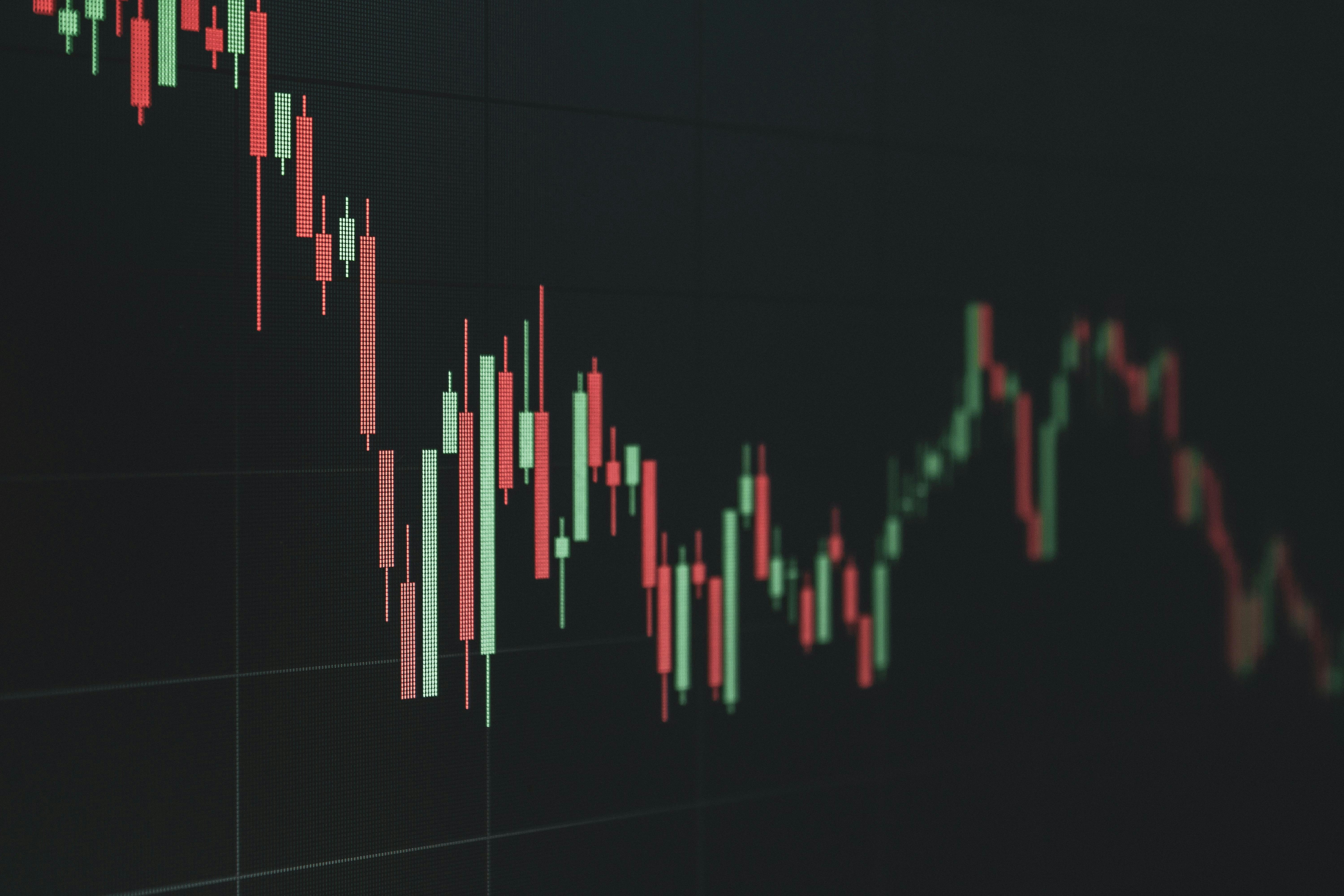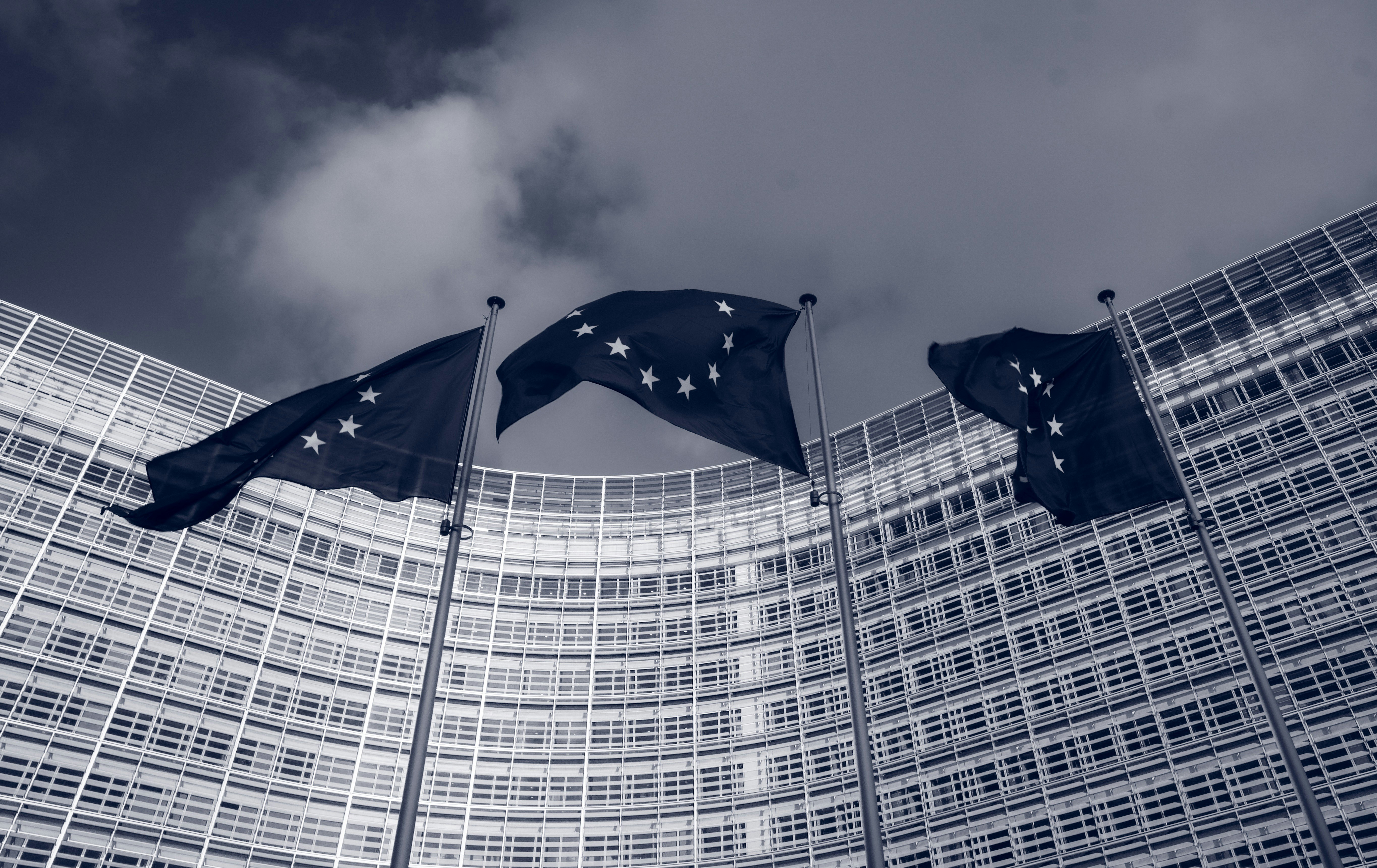All entrepreneurial journeys are marked by funding stages. Indeed, as soon as they are launched, almost all startups will have to raise funds. Ultimately, each stage of a company's development has its own funding phase. The pre-seed and seed cycles apply to startups that are in their early days. But how can these two funding stages be differentiated?
Pre-seed and seed are the first funding rounds conducted by a startup. The aim is to obtain the necessary funds to launch a project and bring it to market. Indeed, these first funding rounds generally take place before there are any cash flow issues. It is important for a startup to understand the ins and outs of these funding rounds in order to be best supported. Therefore, in this article we provide an overview of pre-seed and seed funding rounds, highlighting their differences and providing advice to young entrepreneurs starting out.
What sources of funding are available to startups?
As a young company in need of external funding, a startup will face several options. It can, in fact, turn to three ways of financing itself:
- Debt (bank). A bank loan is subject to a repayment obligation based on a schedule. The lender's (the bank's) risks are limited thanks to a security taken. In some cases, loans to help set up a business may also be granted by local authorities (regions, municipalities, etc.) or by the Employment Office.
- Grants. Grants have the particularity of being free of charge. Whether public or private, grants provide funds without taking on capital. They are non-dilutive. The amounts and conditions for obtaining them vary from one organisation to another. The most common in France is the grant from the BPI (Banque Publique d'Investissement). It requires startups to have a clear plan that has grasped the needs of the market.
- Private financing. Raising equity capital involves bringing in investors. In exchange for private funding, investors expect a certain amount of equity participation and a return on investment in the form of profits from the sale of the company, for example. Indeed, in the case of startups, shareholders are not expected to stay for a long time (5-7 years), the aim being to sell the company afterwards.
Now, to understand the difference between a pre-seed and a seed round, it is first of all necessary to understand the logic behind categorising funding stages. The valuation, the amounts and the shares granted during a funding round vary based on a startup's maturity stage and the amounts already invested. Therefore, each funding stage is categorised based on the typical amount of funding secured and the purpose of the funding in relation to the startup's maturity. It's also worth knowing that these terms we come across every day in startup news (seed, pre-seed, Series A, Series B, etc.) come from Silicon Valley.
What is pre-seed funding?
The Seed round is often seen as the first funding round for a startup, before its Series A. However, this round can sometimes be preceded by a pre-seed round. This pre-seed round is a clever mix of grants and love money. It therefore has a special status, halfway between standard fundraising and the absence of capital investment. Love money is an emotional investment (family, friends, colleagues, etc.). The entrepreneurs' relatives choose to become shareholders in the project out of a sense of affection rather than out of a concern for a profitable investment. In the process, they help the startup build up its initial capital and get registered quickly.
Pre-seed fundraising aims to support the creation of a team, the launch of a POC or even an MVP (minimum viable product). It generally takes place within the first 12 months of the startup's genesis, for amounts ranging from €100k-700k.
At this stage, the company is developing its idea and trying to identify a solution to a problem. It then starts to prototype the product. This prototype does not have to be functional at this stage. The pre-seed fund pays for the first salaries or the first equipment or tools needed for the developed solution. It also includes operating costs such as internet access, office space, management fees, etc. It can even help create the company's business model and give it time to carry out market research before launching its commercialisation. At this stage, it is wise for the entrepreneur not to raise more than a few hundred thousand euros. This will help avoid the risk of being diluted at a very early stage of the project. Once this first round has been completed, the entrepreneur can turn to subsequent rounds of financing.
What is seed funding?
The seed round is the first "official" round of funding for a startup. It follows the money injected by friends and family at the launch of the project (pre-seed). This round occurs at a stage where the product has been created and is beginning to be sold to the customer. The startup is then in a test phase, seeking to validate the fit of its product with the market. It is entering a phase during which it must build its competitive advantages. The funds sought out will be used to ensure the speed of operation. Indeed, the faster the startup reaches the market, the faster it will stand out from the competition. It will inevitably move faster with the support of funds and investors.
The purpose of this fundraising is to sow the first seeds and help the startup grow. It finances market research, recruitments and the first product iterations. The tickets invested are generally in the range of €250k to €1m. Seed funding gives a project the opportunity to establish itself and move beyond its very early stage of maturity. With these new resources, the startup will be able to recruit more sales staff, support functions, develop its working capital, etc. The objective at the end of a Seed round is to show signs of traction and generate revenue. Later in time, the startup can then aim for a second round of financing: Series A. This stage is considered to be an acceleration phase and no longer funding meant to help the startup validate its offer and enter the market.
As demonstrated, Seed funding is very important because it will help the startup establish whether it has a chance of emerging on the market. However, raising Seed funding remains risky. Often, entrepreneurs are passionate and believe in their idea more than anything else but have not shown how they will be able to monetise it.
Who are the investors?
As we have seen, pre-seed and seed funding provide different ranges of funding amounts and are associated with different objectives. Likewise, different investors intervene in these two funding rounds. At the very beginning, entrepreneurs will naturally turn to their family and friends. Indeed, friends & family are the main investors in love money. As for seed financing, the round of funding will mainly comprise small seed funds and/or Business Angels (BAs).
Business angels are individuals who invest some of their personal money or savings in businesses. They are usually a startup's first external shareholders. They can be former entrepreneurs or experts in their field who want to support a project that fits with their experience or personal interests. Business angels are not risk averse and may be members of investor clubs.
Furthermore, a business angel's role does not stop at financing. Indeed, they also share their experience and skills. They act as advisors or mentors in the startup ecosystem. In general, they take a minority stake in the company, but are very active in the life of a startup and in its decision making. According to BPI (2022), a business angel generally invests amounts that do not exceed €1 million. Overall, it is best to approach business angels who are familiar with the startup's sector of activity. That way, the startup can also benefit from their networks and expertise.
Institutional investors are more involved from the Series A stage onwards, even though some acceleration programmes may be interested in projects in the seed phase. This is the case of players such as France Active, which has no less than 60,000 companies in its portfolio.
When should you look for funds?
In addition to knowing who is going to invest in a pre-seed or seed round, it's also helpful to know when you should seek these funding rounds. Indeed, each round involves giving shares to its investors. To know what percentage to give them, a company needs to know its pre-money valuation. This is the value attributed to the company by the entrepreneur and their investors before the investment. The valuation of a startup in the seed stage is even more difficult as the startup does not yet have a track record. As such, the valuation at this stage is often based on future forecasts using the DCF (Discounted Cash Flow) method.
Other methods exist, such as the peers multiples method, which allows the startup to be compared to other (comparable) companies in the same industry. The valuation will therefore make it possible to define an enterprise value and a dilution level. For a Seed round, dilution can range from 15 to 25%. Sometimes, it may be worth slightly delaying a round depending on the traction of your startup, its number of customers or its turnover. It is also important to only seek Seed funding if it's truly necessary. In many ways fundraising is seen as a sign of success. It also provides great media exposure, which can help a startup increase its brand visibility. However, one should always carefully assess whether a funding round is needed, or whether other sources like grants or loans might be a viable option.
In 2017, pre-seed and seed deals represented 85% of the number of deals in France, for 27% of the total amount raised. Today, seed deals represent only 61% of French deals for 5% of the total amount raised. These figures can be explained by the fact that France has seen huge rounds of financing of over $100 million, known as mega-deals. The best illustration of this new dynamic is the $680 million fundraising by Sorare.
In short, pre-seed and seed rounds are not ends in themselves but can be real launching pads for a startup. About 15% of startups that raise seed money go on to raise Series A.








